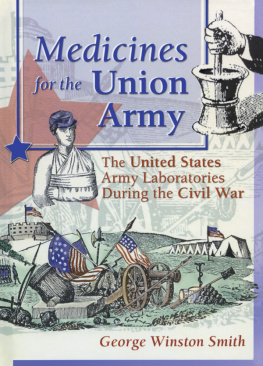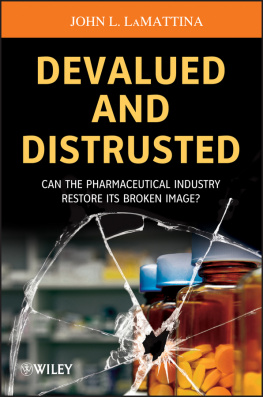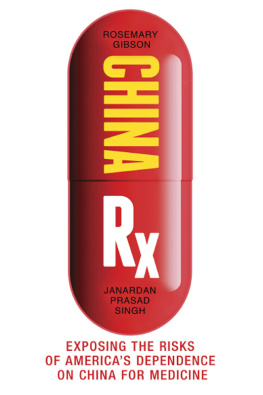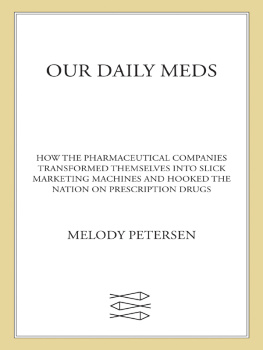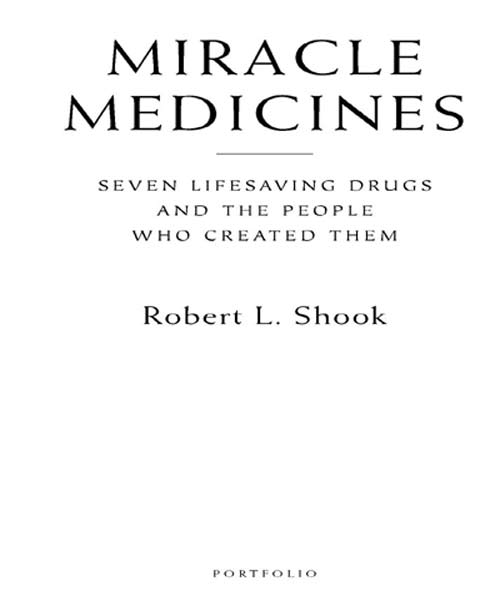Robert L. Shook - Miracle Medicines: Seven Lifesaving Drugs and the People Who Created Them
Here you can read online Robert L. Shook - Miracle Medicines: Seven Lifesaving Drugs and the People Who Created Them full text of the book (entire story) in english for free. Download pdf and epub, get meaning, cover and reviews about this ebook. year: 2010, publisher: Penguin Publishing Group, genre: Romance novel. Description of the work, (preface) as well as reviews are available. Best literature library LitArk.com created for fans of good reading and offers a wide selection of genres:
Romance novel
Science fiction
Adventure
Detective
Science
History
Home and family
Prose
Art
Politics
Computer
Non-fiction
Religion
Business
Children
Humor
Choose a favorite category and find really read worthwhile books. Enjoy immersion in the world of imagination, feel the emotions of the characters or learn something new for yourself, make an fascinating discovery.

- Book:Miracle Medicines: Seven Lifesaving Drugs and the People Who Created Them
- Author:
- Publisher:Penguin Publishing Group
- Genre:
- Year:2010
- Rating:5 / 5
- Favourites:Add to favourites
- Your mark:
Miracle Medicines: Seven Lifesaving Drugs and the People Who Created Them: summary, description and annotation
We offer to read an annotation, description, summary or preface (depends on what the author of the book "Miracle Medicines: Seven Lifesaving Drugs and the People Who Created Them" wrote himself). If you haven't found the necessary information about the book — write in the comments, we will try to find it.
Published March 1st 2007
A sympathetic exploration of the efforts of pharmaceutical companies and their employees to discover and distribute beneficial medications traces the arduous process through which drugs are developed, tested, and approved, in an account that offers specific profiles of mainstream medications.
Its the business of saving lives.
Miracle Medicines goes behind the scenes of the pharmaceutical industry and into the high-security laboratories to tell the stories of the men and women---chemists, physiologists, medical and clinical researchers, engineers---who have chosen to toil for years in the lab in order to transform scientific theories into new lifesaving medicines.
Youll witness the day-to-day labors, victories and defeats of the dedicated professionals who are waging a war against the diseases that still plague mankind. From the confines of their laboratories, these pharmaceutical adventurers explore unknown territories in health and science.
Miracle Medicines reveals what really happens during the long and uncertain journey that each new drug and its creators must endure from theory, to research, to testing and, finally, FDA approval and delivery to the public. Its a very human story within the context of fascinating scientific innovation.
Through first hand interviews youll also meet the patients who benefit from these manmade miracles and learn how, within their bloodstreams, an ongoing battle is raging. The drugs profiled are:
Advair: GlaxoSmithKlines revolutionary asthma medication, the first packaged as both a control and emergency drug. Gleevec: The Novartis chronic myeloid leukemia treatment born from decades of medical research in a field of study that was once considered hopeless. Humalog: Eli Lillys reinvention of insulin to control diabetes has been described as being better than nature Lipitor: Pfizers miracle antidote for high cholesterol that was nearly lost to the pharmaceutical vaults and has since become the worlds top-selling medicine. Norvir: Abbotts contribution to the fight against HIV that nearly erases all traces of the disease from the bloodstream and prolongs the life of patients. Remicade: Created for the treatment of Crohns disease, rheumatoid arthritis and other Immune Mediated Inflammatory Diseases, Johnson & Johnsons revolutionary biomedicine was developed from technology that once was only found in science fiction. Seroquel: AstraZenecas treatment for both schizophrenia and bipolar mania that has given millions of psychiatrics a new lease on life.
This compelling and truth-revealing book will forever change the way you view the medicines in your medicine cabinet, and the people who create them.
Robert L. Shook: author's other books
Who wrote Miracle Medicines: Seven Lifesaving Drugs and the People Who Created Them? Find out the surname, the name of the author of the book and a list of all author's works by series.

